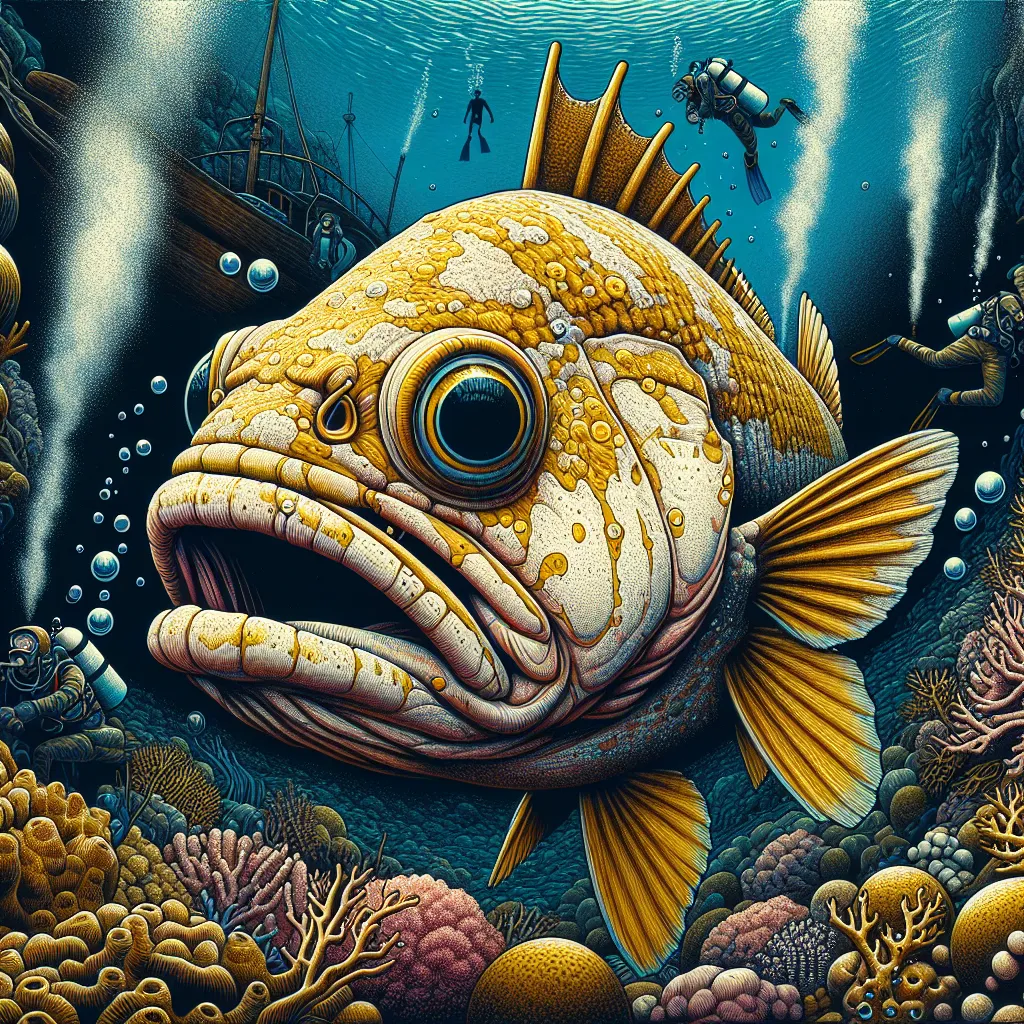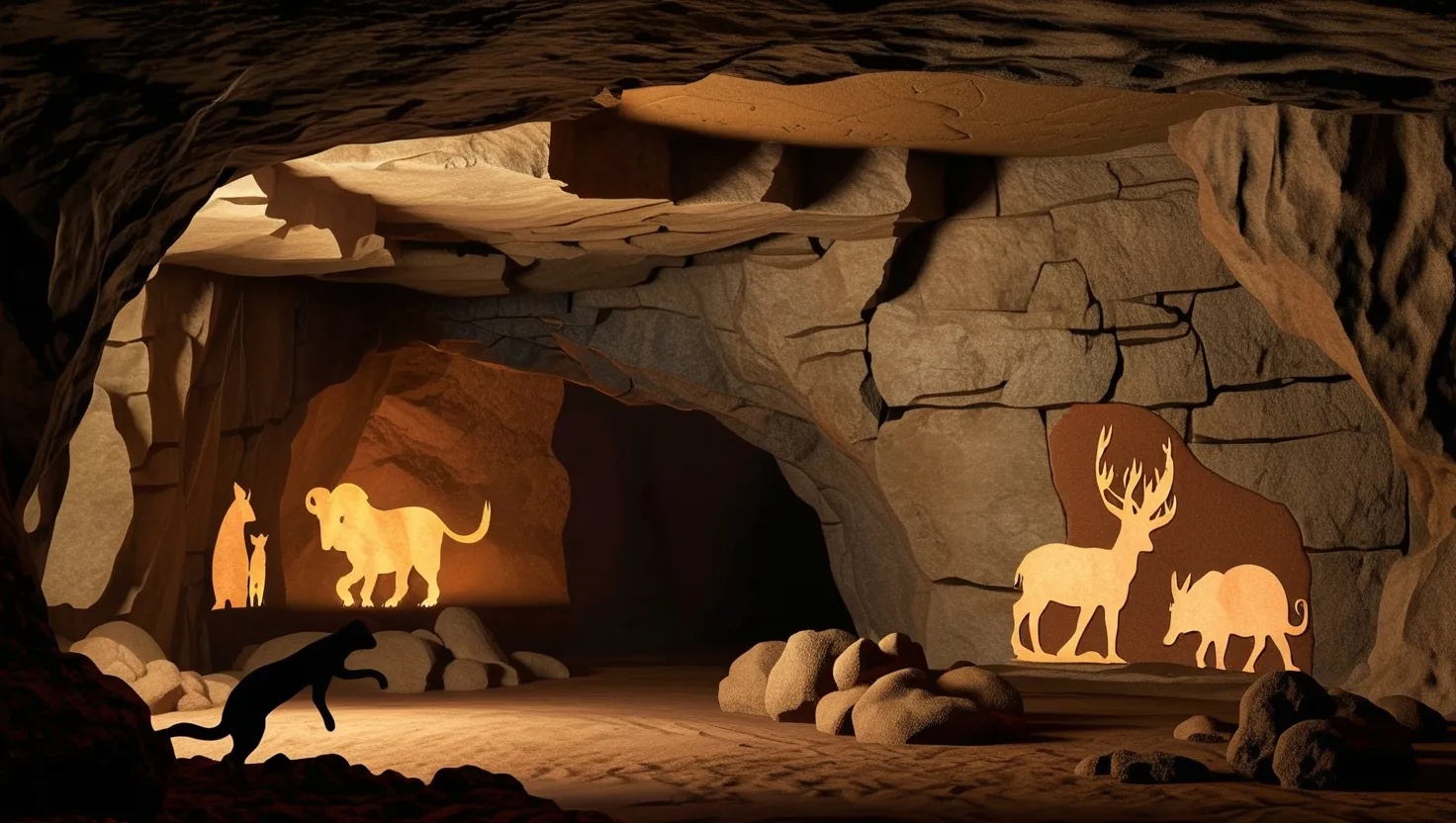Think about the way the ocean shapes life on our planet. It’s easy to focus on the horizon, the crashing waves, the mysteries that seem to hide just out of reach. Yet, we often overlook how one surprising discovery beneath the surface can flip what we know on its head. I find that the most fascinating part of these breakthroughs isn’t just the science; it’s how they force us to reimagine Earth itself.
Take the global thermohaline circulation—what many call the ocean’s “conveyor belt.” Before scientists recognized this slow, massive movement of water driven by differences in temperature and salinity, we didn’t have a clear picture of how heat, carbon, and nutrients traveled from one corner of the globe to another. Suddenly, you realize every drop of seawater is part of a centuries-long journey. Without this current, Western Europe would be as chilly as Labrador. It even turns out that the on-and-off rhythm of this conveyor has been tied to the coming and going of ice ages. If you’ve ever wondered why climate can change so suddenly, this global ocean motion is at the center of the story.
“Live in the sunshine, swim the sea, drink the wild air.” — Ralph Waldo Emerson
Yet the existence of life doesn’t always depend on sunlight and warmth. In 1977, while exploring a deep crack near the Galápagos Islands, researchers stumbled onto hydrothermal vents—essentially underwater geysers surrounded by darkness. Here, tube worms taller than a grown man, blind shrimp, and bacteria lived in complete absence of light. These ecosystems rely instead on chemical energy from volcanic fluids, a process called chemosynthesis. I remember reading about this for the first time and feeling a sense of awe: could life exist in total darkness, away from the sun? It turns out, yes—and perhaps elsewhere in the solar system, too. If microbes can thrive on chemical energy deep under the sea, could life exist under the icy shells of moons like Europa or Enceladus?
This discovery also flipped our theories about how life began on Earth. Instead of a warm, sunny pond, could life have started in these pitch-black, mineral-rich places? The ocean refuses to be simple.
“Somewhere, something incredible is waiting to be known.” — Carl Sagan
I often think of Marie Tharp, a geologist who spent decades carefully mapping the Atlantic seafloor. Working in an era when women were rarely seen in the labs, she compared thousands of sonar surveys by hand and uncovered not just mountains, but a sweeping undersea rift—the Mid-Atlantic Ridge. This was more than a mountain range. It was a scar where the planet’s surface was pulling apart, creating new crust. Tharp’s work made the theory of plate tectonics unarguable, providing the visual proof that continents really do drift. Imagine being the first to see that map and realize the continents are moving, splitting, rebuilding Earth’s face over millions of years. Her maps became the key to understanding earthquakes, volcanoes, and even the arrangement of land and sea.
What does it feel like to see something new that changes the way everyone thinks about the planet? Marie Tharp described it as “a eureka moment.” It reminds me that sometimes the most powerful revolutions happen quietly, in stacks of hand-drawn charts, far from the spotlights.
How much of the seafloor do you think is still hidden from us? Even now, most of it remains unexplored, mysterious as it was centuries ago.
“Do not go where the path may lead, go instead where there is no path and leave a trail.” — Ralph Waldo Emerson
Then there’s the colossal squid. Until 2007, scientists had lived off rumors—scars on sperm whales, mysterious tentacles, stories from fishermen. Finally, a specimen was hauled up from the Antarctic depths, and it was stranger than anyone guessed. The squid’s eyes were the size of soccer balls, its tentacles armed with swiveling, hook-lined suckers, and its body filled with ammonia to let it float in the crushing deep. Here was evidence of “gigantism”—a phenomenon where deep-sea species grow to enormous sizes, possibly to conserve energy or outgrow predators. While the giant squid was the stuff of legend, the colossal squid was bigger, heavier, and even less understood.
Why does the deep ocean produce such giants? It’s a question we’re still debating. Cold, dark, and high-pressure, these conditions are both alien and strangely suited to survival strategies we’d never dream up on land. Next time you look at the surface, try to picture life unfolding in slow motion, in perpetual blackness, in forms we’d call monstrous if we hadn’t seen them ourselves. If something so huge can stay hidden for so long, what else might be out there?
“The sea, once it casts its spell, holds one in its net of wonder forever.” — Jacques Yves Cousteau
Sometimes, discoveries don’t reveal natural wonders, but our own impact. In 1997, a sailor named Charles Moore crossed a forgotten stretch of the Pacific and found himself surrounded by floating plastic debris. With no land in sight, he’d stumbled across the Great Pacific Garbage Patch—a morass of microplastics swirling in the convergence of ocean currents. The patch is not an island, but a slow-moving region where trillions of plastic fragments accumulate, outnumbering plankton in some places.
I find it sobering to realize most of that debris is invisible to the eye—broken down by sun and salt into microscopic pieces, entering the food chain, and traveling everywhere from Arctic ice to the deepest sea trenches. This wasn’t a natural revelation, but a wake-up call. The scale of the patch forced countries worldwide to reckon with plastic’s permanence, prompting bans on single-use plastics and a tidal wave of innovation in waste management.
The ocean, as always, both reveals our potential and our mistakes. How much plastic do you use in a week? How much of that ends up on a journey you’ll never see?
“Earth provides enough to satisfy every man’s needs, but not every man’s greed.” — Mahatma Gandhi
In recent years, even the process of exploring the seafloor itself has changed. Scientists armed with submersibles, seismic imaging, and robotics have started to glimpse layers of Earth that are millions of years old. For instance, the discovery of ancient seafloor remnants hidden deep within the mantle gave us clues about how portions of Earth’s crust sink, melt, and reform. It’s a reminder that the planet’s skin is in constant motion—not solid, but renewing itself, recycling material between the surface and the deep. Seismic waves, rather than picks and shovels, now let us see into places humans will never touch.
Imagine what it means if the seafloor beneath the East Pacific is older than the dinosaurs and preserved nearly intact underneath the swirling mantle. This idea challenges everything from the theory of how continents shift to the origins of the Earth’s chemical composition. We’re still learning from these ancient rocks, still updating textbooks that seemed definitive only a decade ago.
“If you wish to make an apple pie from scratch, you must first invent the universe.” — Carl Sagan
There’s an urgent lesson in all this: the ocean’s greatest discoveries happen when curiosity collides with patience. Sometimes, we find life where we assumed none could exist. Sometimes, we find our own fingerprints etched into places we may never see. The more we question—how currents flow, why colossal creatures thrive, what secrets hide beneath the sediment—the more our picture of Earth changes.
I encourage you to ask, what else could be waiting at the bottom of the sea? Will the next big discovery make us marvel, or will it ask something of us—responsibility, humility, or action? The ocean’s lessons are always a bit of both.
As we look ahead, maybe the real revolution is in admitting how much we still have to learn. And isn’t that the most exciting discovery of all?






